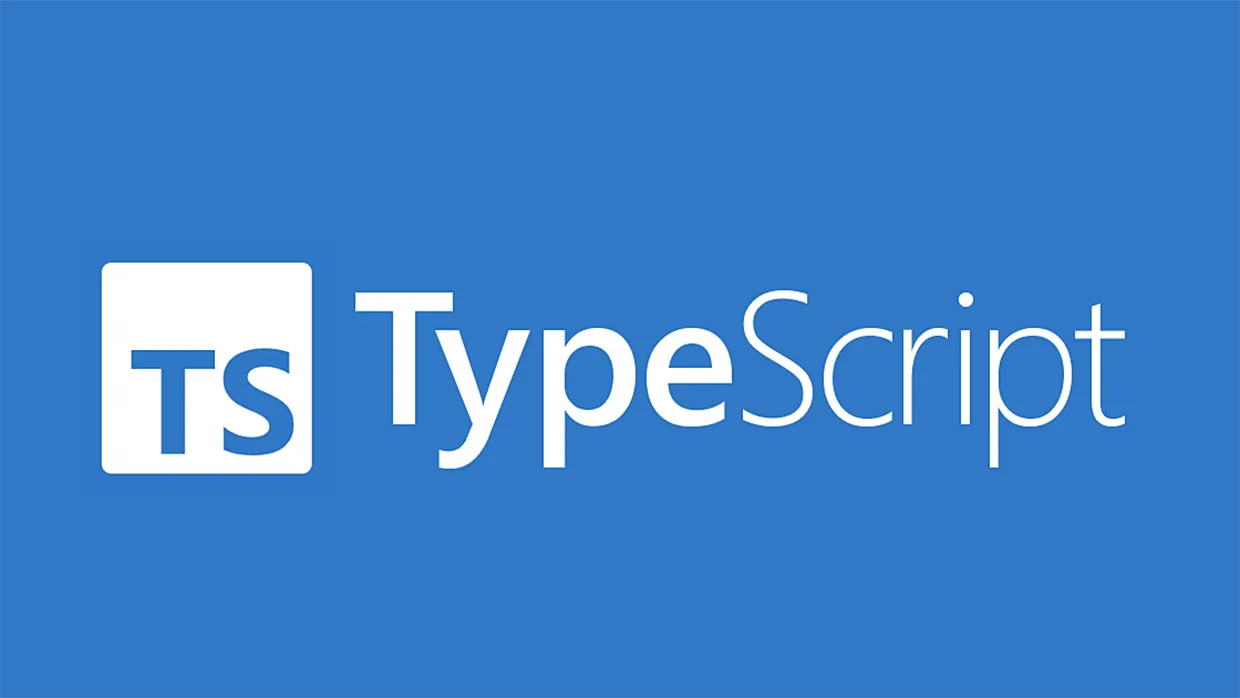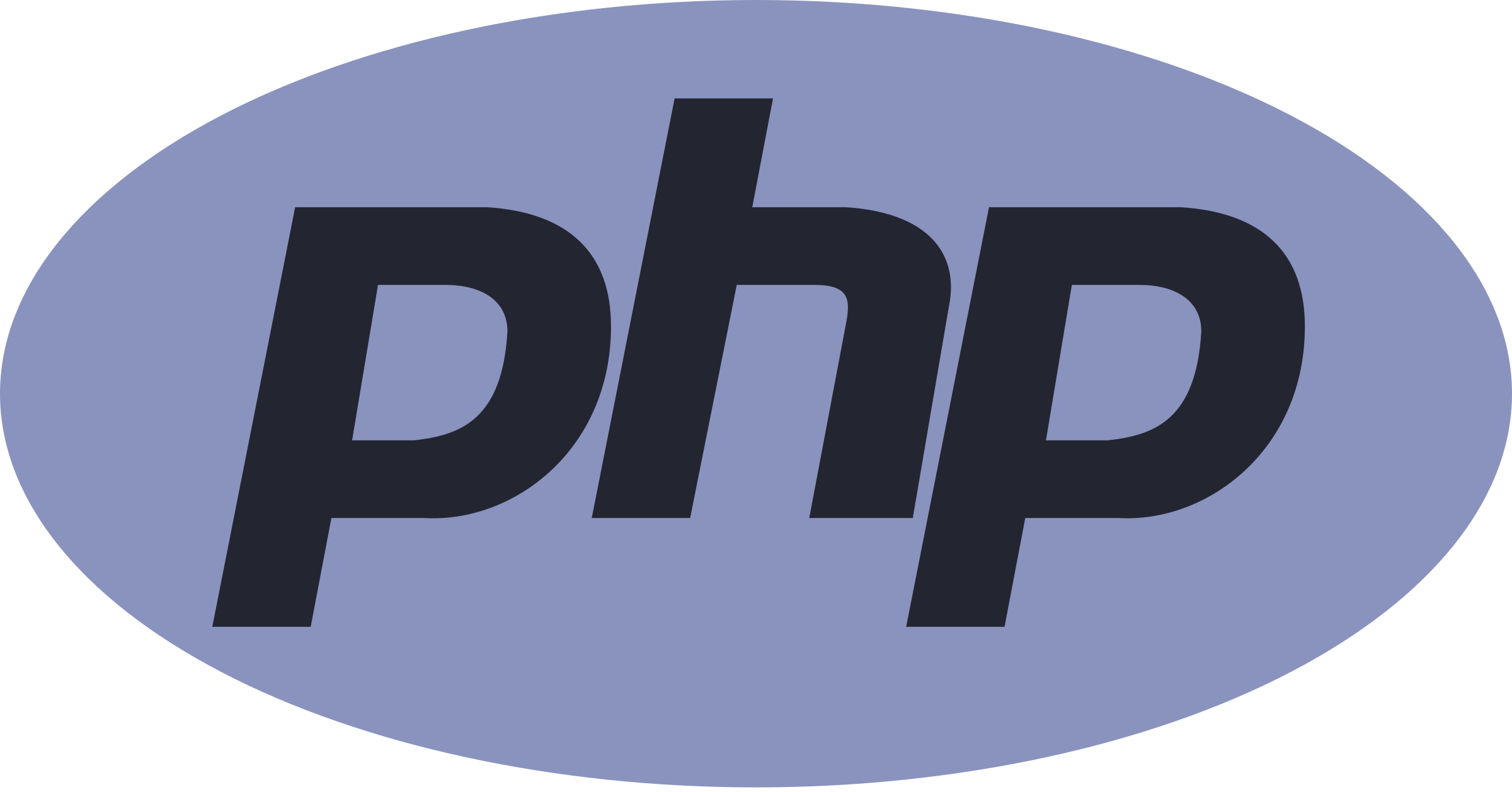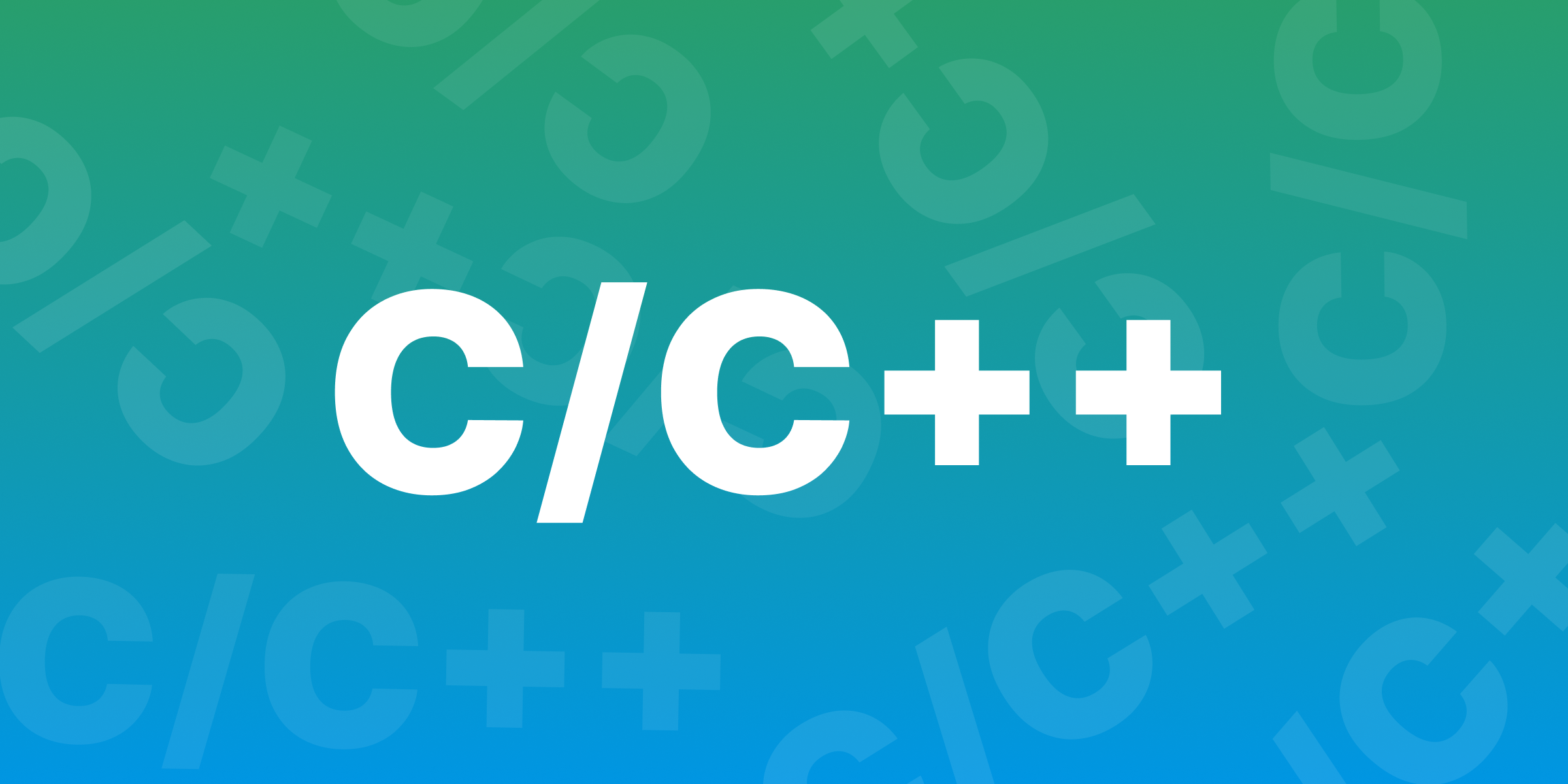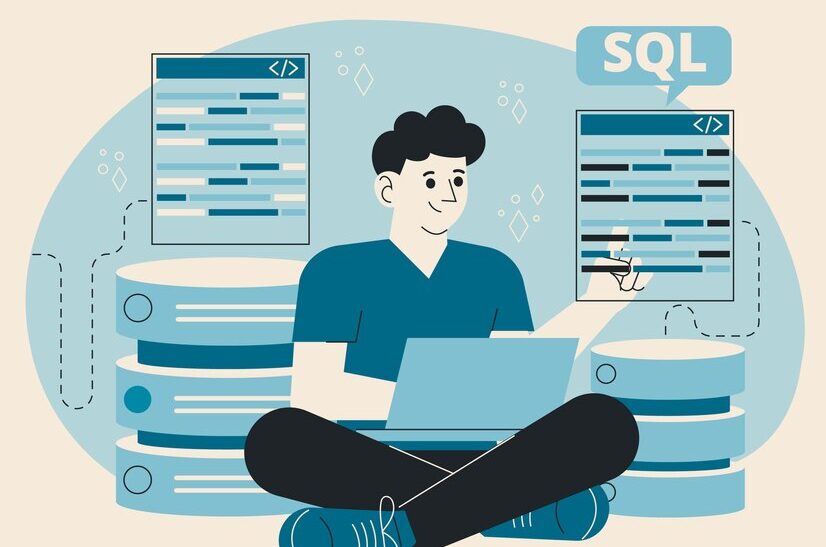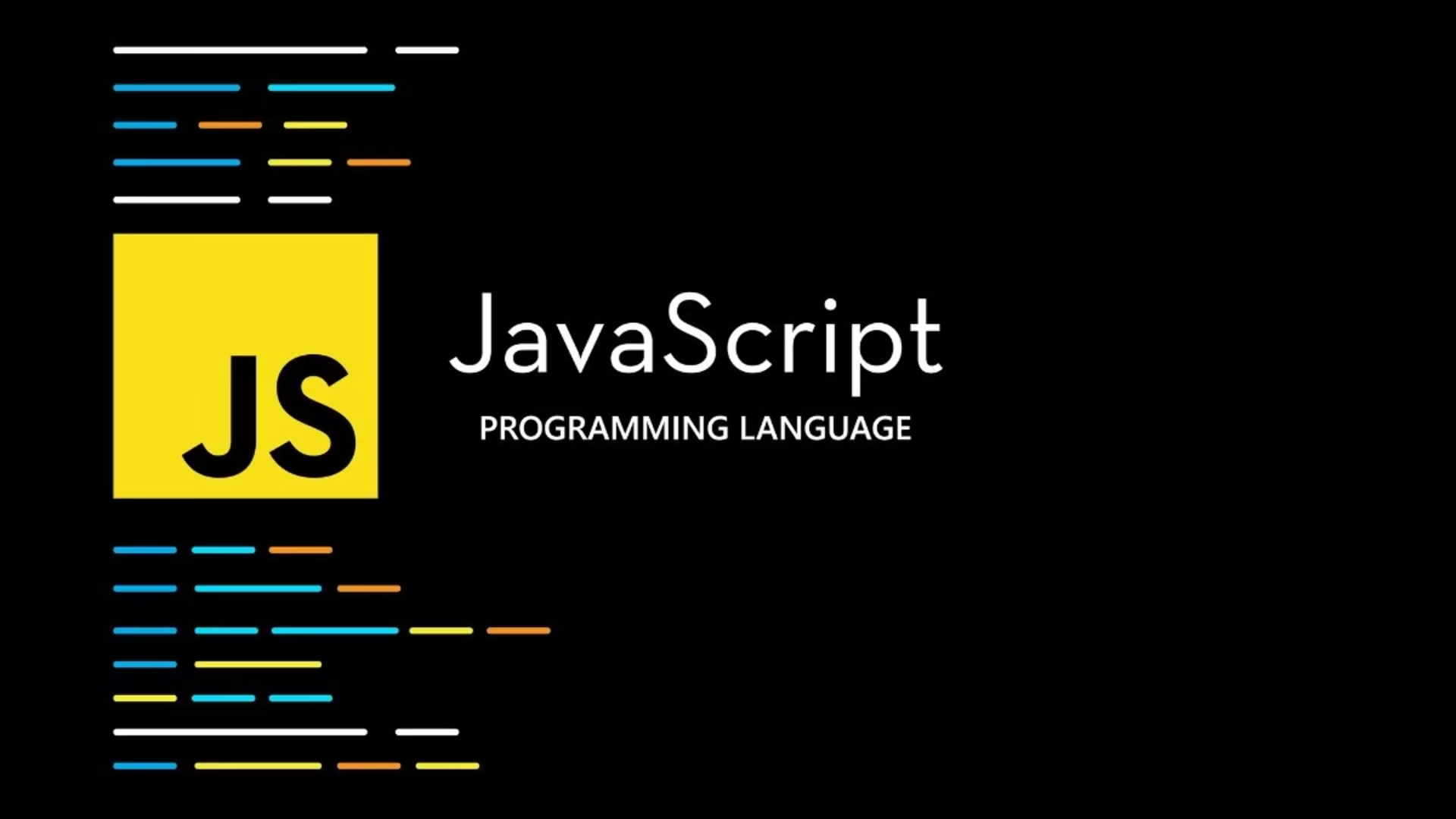Java code can sometimes be complex and hard to follow, especially for beginners or non-technical team members. Turning Java code into flowcharts helps simplify that complexity by visually showing the logical flow. Thanks to advancements in AI, converting Java code into flowcharts is now easier than ever. In this article, we’ll explore how AI can make this process simple, why it’s useful, and how you can start using AI tools to convert Java code into flowcharts.
Introduction to AI Code to Flowchart Conversion
The use of AI in coding has been growing rapidly. One area where it is making a big impact is code visualization. AI-powered tools can automatically take Java code and convert it into flowcharts. This saves time and effort for developers, teachers, and students, allowing them to focus on understanding or improving the code rather than spending hours manually drawing flowcharts.
Why Convert Java Code to Flowcharts?
There are several reasons why converting Java code into flowcharts is helpful:
- Clear Visual Representation: Flowcharts break down code into smaller, understandable steps. This is especially useful for non-technical people or beginners learning Java.
- Better Debugging: By visualizing code, it’s easier to spot logical errors or missing steps. Flowcharts help in identifying where the program flow might be going wrong.
- Improved Communication: In a team environment, sharing flowcharts of code logic can make it easier for everyone, including non-programmers, to understand how the program works.
- Learning Aid: Flowcharts serve as a great learning tool for students and self-learners trying to grasp programming concepts, including loops, conditions, and functions.
How AI Tools Work in Code to Flowchart Conversion
AI tools have made the code-to-flowchart process much more accessible. Here’s how the basic process works:
- Input Code: The user simply pastes or uploads their Java code into the AI tool.
- AI Analysis: The AI tool analyzes the Java code, understanding the structure, loops, conditions, and method calls.
- Flowchart Generation: Based on this analysis, the AI automatically generates a flowchart that represents the logic of the Java code.
- Customization: Many AI tools allow users to edit or customize the generated flowchart, adding annotations or adjusting the layout to make it clearer.
Benefits of Using AI for Java Code to Flowchart Conversion
AI has made converting Java code to flowcharts incredibly efficient. Here are some benefits of using AI-powered converters:
- Time-Saving: Manually converting code to flowcharts is time-consuming. AI tools complete the task in seconds.
- Accuracy: AI ensures that the flowcharts represent the code accurately, reducing the chance of human errors.
- Accessibility: These tools are designed to be easy to use, even for people who are not experienced in coding or technical drawing.
- Collaboration-Friendly: The generated flowcharts can be easily shared with team members, making collaboration smoother in coding projects.
Key Features of AI Java Code to Flowchart Tools
Most AI code-to-flowchart converters come with several useful features:
- Support for Multiple Languages: While this article focuses on Java, many AI tools can convert code from various programming languages, including Python, C++, and JavaScript.
- Customizable Flowcharts: Users can adjust the look and feel of the flowcharts, changing shapes, colors, and the size of the flow.
- Export Options: Many tools allow users to export the flowchart in different formats, such as PNG, PDF, or even as a document file for easy sharing.
- Step-by-Step Analysis: Some tools offer a step-by-step breakdown of the code to flowchart conversion, explaining what each part of the code does in the flowchart.
Popular AI Tools for Java Code to Flowchart Conversion
Here are a few AI tools that you can use to convert Java code into flowcharts:
- Lucidchart: A popular diagram tool that offers code-to-flowchart conversion features. It’s user-friendly and supports various export options.
- Code2Flow: This tool is specially designed for turning code into flowcharts quickly. It supports Java and other major programming languages.
- Taskade AI: Taskade’s AI-powered tool makes it easy to convert code into flowcharts and even integrate these into to-do lists or project management tools.
- Edraw Max: This tool offers a wide range of diagram templates and can convert code into flowcharts efficiently.
How to Use an AI Tool for Converting Java Code to Flowchart
Here’s a step-by-step guide to using an AI tool for Java code to flowchart conversion:
- Choose a Tool: Select an AI-powered converter like Lucidchart or Taskade AI.
- Input Java Code: Paste your Java code into the tool’s input box.
- Generate Flowchart: Click on the “Convert” or “Generate” button to let the AI analyze the code and create a flowchart.
- Review and Customize: Once the flowchart is generated, review it for accuracy. Customize the layout or add notes if necessary.
- Export and Share: Finally, export the flowchart in your preferred format and share it with your team or use it in your project.
Conclusion
AI-powered tools are transforming the way we visualize code, making it easier to convert Java code into flowcharts with just a few clicks. These tools are beneficial for both experienced developers and beginners, as they help improve understanding, debugging, and collaboration. Whether you’re a student trying to learn Java or a developer working in a team, using an AI Java code-to-flowchart converter can save time and improve communication.
By simplifying complex Java code into easy-to-understand flowcharts, AI tools make coding more accessible for everyone. If you haven’t tried using an AI code-to-flowchart converter yet, now is the perfect time to explore these tools and experience the benefits firsthand.


